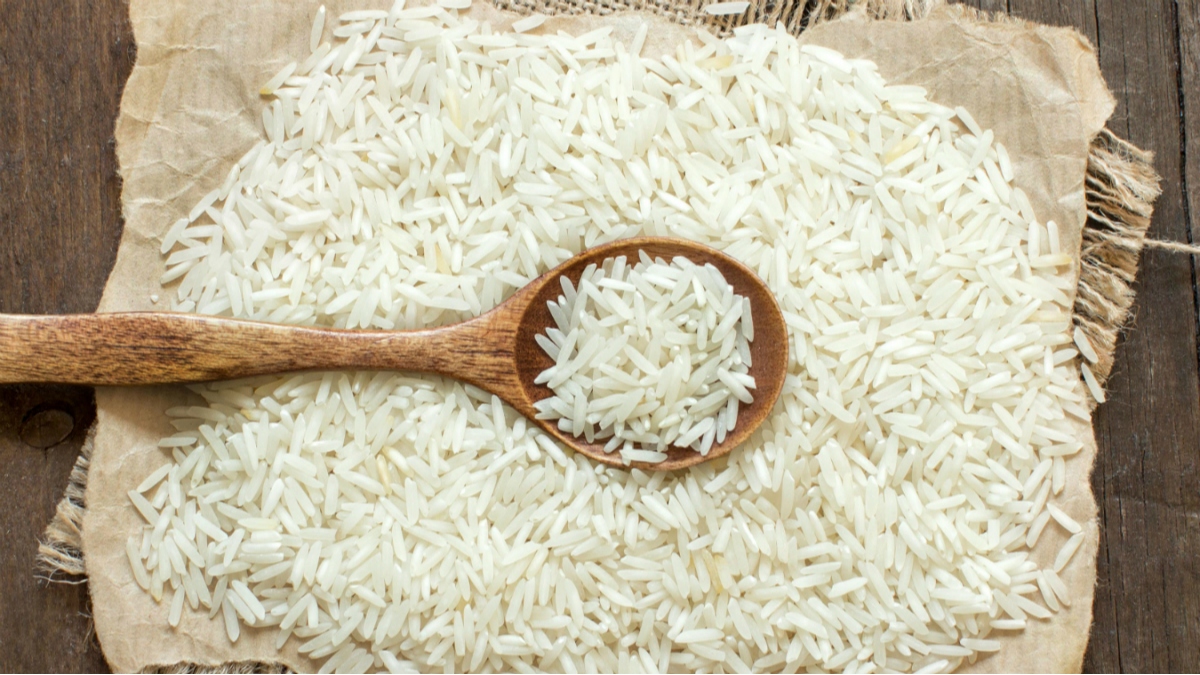The Philippines continues to grapple with high rice prices, with costs exceeding P50 per kilo since November last year. The Department of Agriculture (DA) spokesperson, Arnel de Mesa, announced that there’s little hope for a price reduction soon, attributing the persistent high prices to the global market rate of around $600 per metric ton.
De Mesa expressed the government’s intention to explore cheaper rice imports, noting the current expensive rates from traditional sources like Vietnam and Thailand. However, he emphasized the DA’s efforts to ensure adequate supply, particularly in light of the anticipated El Niño phenomenon.
Metro Manila is currently experiencing higher rice prices, with local regular milled rice selling between P50 to P53 per kilo, a significant increase from the P34 to P40 range a year ago. The price hike is also evident in locally produced well-milled rice, now priced between P40 to P55 per kilo.
Imported rice varieties are also impacted, with well-milled rice increasing to P51 to P56 per kilo from last year’s P40 to P44 range. Notably, imported regular milled rice, which was available last year at P37 to P38 per kilo, is currently not on the market in Metro Manila.
The retail price of rice typically doubles the farm-gate price, which is influenced by traders. The Philippines heavily relies on rice imports, with a significant portion sourced from Vietnam. Last year, the country imported 3.5 million metric tons, with Vietnam contributing 2.9 million metric tons.
De Mesa remains hopeful that the upcoming harvest and new imports will moderate the price surges. The local rice supply is primarily from farmers selling at P19 to P22 per kilo, and the DA is closely monitoring the situation, particularly during the lean season from January to mid-February, with harvests expected between March and April.






